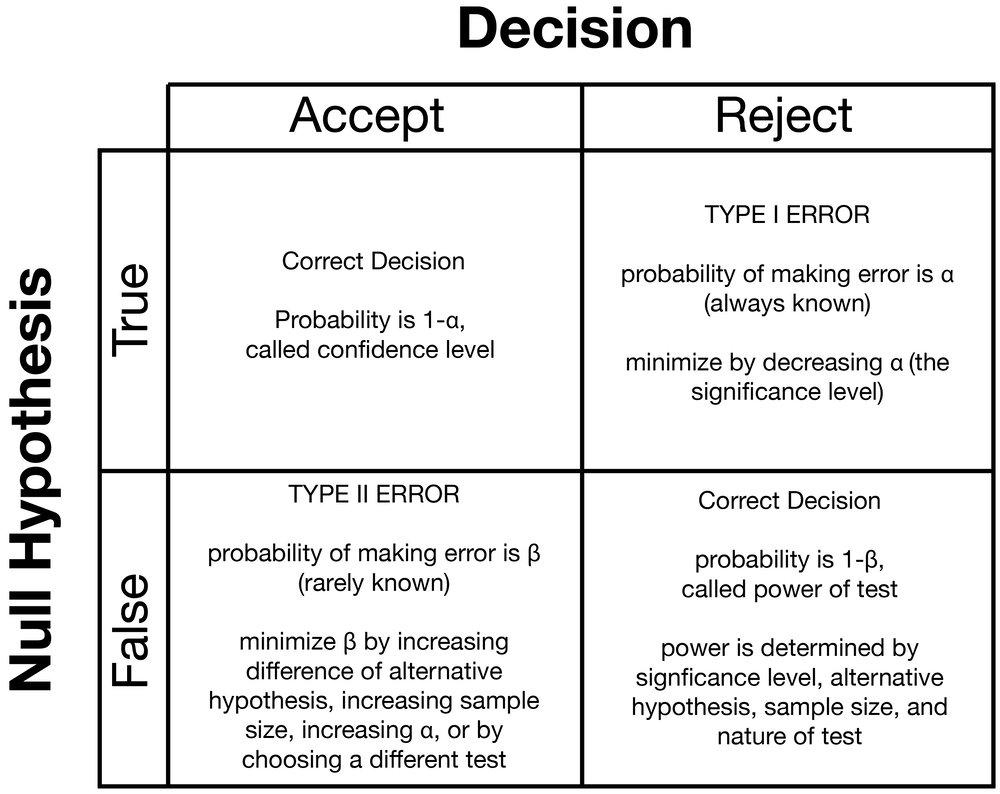In the context of CISSP, the term “true acceptance rate” (TAR) is a measure of the likelihood that an authorized user will be correctly accepted by a biometric authentication system. It is also known as the “True Match Rate” (TMR). TAR is the opposite of the False Rejection Rate (FRR), which measures the likelihood that an authorized user will be incorrectly rejected by the system.
A high TAR is desirable, as it indicates that the system is correctly accepting authorized users most of the time. A low TAR can be frustrating for authorized users, as it can lead to delays and inconvenience.
TAR is typically calculated as the percentage of authorized user attempts that are correctly accepted by the system. For example, if a biometric authentication system correctly accepts 95% of authorized user attempts, then its TAR would be 95%.
There are a number of factors that can affect TAR, including the type of biometric system being used, the quality of the biometric data, and the sensitivity of the system’s thresholds.
Here is a table that summarizes the differences between TAR and FRR:
| Term | Definition |
|---|---|
| TAR | True Acceptance Rate |
| TMR | True Match Rate |
| FRR | False Rejection Rate |
I hope this helps! Let me know if you have any other questions.
